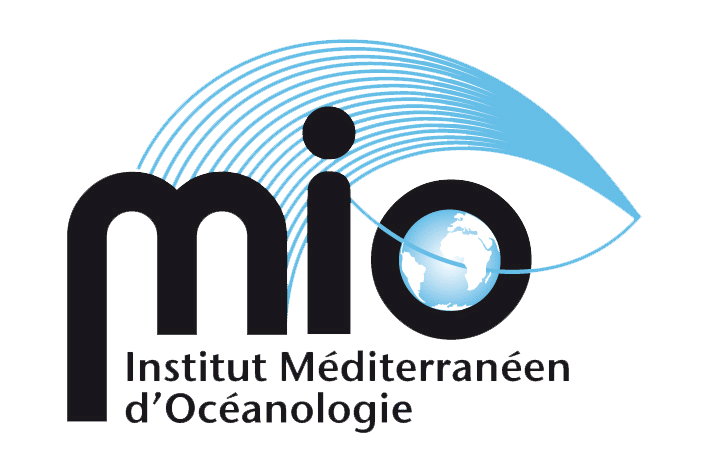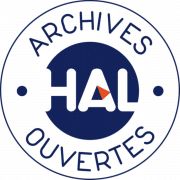Physical, Littoral and Coastal Oceanography team (OPLC)
Manager: Charles-Antoire Guérin
Our research themes
Energy exchange in the ocean takes place through a large number of physical processes associated with different spatio-temporal scales and dimensions. Our subjects of study encompass the climatic scale, the meso- to (sub)mesoscale and even microstructure turbulence. These dynamic structures are found at the surface as well as at depth and at interfaces (air/sea, coast/offshore) and are coupled together by energy cascades.
The objectives of the laboratory's physics team are to study multi-scale processes and their interactions in ocean dynamics and with the atmosphere.
Our team has a very wide range of instruments and models, each of which provides a fragmented view of this ocean of energy: in situ measurements, radar remote sensing measurements, coastal sensor networks, numerical circulation models. It has also recently adopted new tools such as spatial data analysis and artificial intelligence methods, the latter providing new paradigms for data analysis.
Our main objective is to merge these data in order to fill in the missing scales, link them together and thus gain a more complete four-dimensional view of the processes involved. This more global approach will enable us to address issues that are important both from a scientific point of view and because of their implications for current societal and climate issues (heat and matter transport dynamics, natural hazards, extreme events, etc.).
These research objectives can be broken down into several areas of study:
- Coastal oceanography
- Waves, currents and coastal processes
- Flow at the air/sea interface
- Ocean vertical velocities and biogeochemical coupling
The OPLC team is based mainly at the Marseille-Luminy and Toulon-La Garde campuses. It has testing and instrumentation facilities at both sites, as well as sensor networks in the region:
- The large wind tunnel at OSU Pytheas (Marseille-Luminy),
- Hydrodynamic basins shared with the SEATECH engineering school (Toulon-La Garde),
- HTMNET sensor network,
- HF radar network in the Toulon region
- Instrumental development for offshore campaigns Instrumented moorings: instrumented moorings, instruments for measuring vertical ocean speed (Free-Fall ADCP, Vertical Velocity Profiler).
Recent or current theses
- 2019-2022: Dylan Dumas (CA Guérin) New signal processing techniques for radio-oceanography.
- 2020 - 2023: Caroline Comby (S. Barrillon, A. Petrenko) Vertical velocities and fine-scale dynamics.
- 2021 - 2024: Alix Limoges (J. Piazzola) High resolution modelling of aerosol dynamics in the Mediterranean coastal zone.
- 2021-2024: Alexandra Cuevas (V. Rey, F. Ardhuin) Estimation of the properties of a vertically sheared current from the dispersion of surface gravity waves.
- 2021 - 2024 : Natacha Bourg (A. Molcard & A. Schaeffer): Interactions between edge currents, fronts and eddies in the North Current and the East Australian Current. Transport dynamics and application to the drift of Physalia spp.
- 2022-2025: Elisabeth Chevillon (B. Zakardjian, A. Bosse, P. Lherminier) Characterisation of the mesoscale variability of the circulation in the mesopelagic zone in the North Atlantic and its connections with surface dynamics.
- 2023 - 2026: Maxime Arnaud (A. Petrenko, S. Barrillon) Vertical velocities and fine scales in the north-western Mediterranean.
- 2024 - 2027: Lucie Chauché (A. Molcard & A. Caceres): Impact of climate change on transport dynamics in the Caribbean Sea.
- 2024 - 2027: Charlotte Cunci (Y. Ourmières & A. Molcard): Monitoring the dispersion and stranding of plastic and biomedia in the Mediterranean Sea.
- 2024 - 2027: Ambroise Delisée (S. Bonnet and A. Petrenko) DIAZO-PUMP - Role of diazotrophs in the biological carbon pump: deciphering biological (gravitational pump) and physical (vertical velocities) export pathways using a combination of innovative methods/sensors operating at high frequency (PPR thesis).






